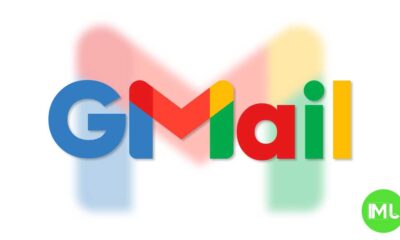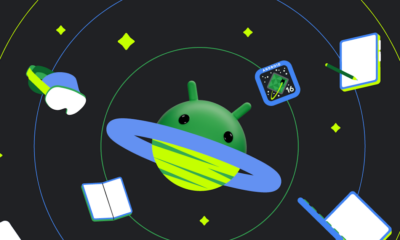Google’s Pixel 9 Series Unveiled: AI-powered innovations and enhanced hardware
Top 3 Key Points:
- AI-Powered Pixel 9 Launches: The Pixel 9 series integrates advanced AI features and a powerful Tensor G4 chip, starting at $799.
- Pixel 9 Pro Fold Debut: The upgraded Pixel 9 Pro Fold offers major display and hardware improvements, launching at $1,799 in September.
- Pixel Watch 3 Introduction: The Pixel Watch 3, available in 41mm and 45mm, brings enhanced fitness tracking and new software features.
Google Unveils Pixel 9 with Advanced AI Features at $799
Google has launched its latest flagship smartphone, the Pixel 9, which starts at $799. The Pixel 9 is packed with Google’s cutting-edge AI technology, making it a powerful device for its price. The phone features the new Tensor G4 chip, 12GB of RAM, and advanced camera capabilities like “Add Me” and Gemini Advanced, all designed to deliver a top-notch user experience.
The Pixel 9 sports a 6.3-inch Actua OLED display protected by Gorilla Glass Victus 2. The device is designed to be durable, with the same tough glass on both the front and back. The camera setup includes a 50MP main sensor and a 48MP ultrawide lens, offering 8x optical zoom and enhanced macro capabilities. The Pixel 9 also introduces new photo-editing features, including Magic Editor, and the innovative “Add Me” feature, which allows users to combine two photos into one.
One of the standout features is the inclusion of Satellite SOS, which ensures that users can send emergency signals even in areas without cellular or Wi-Fi coverage. This service is free for the first two years and is currently available only in the U.S.
Pixel 9 Pro Fold: Launching in September with Major Hardware Upgrades
Google is set to release the Pixel 9 Pro Fold in September, priced at $1,799. This foldable device brings significant hardware improvements, including a larger 8-inch Super Actua Flex display with a peak brightness of 2,700 nits. The outer display matches the 6.3-inch screen of the standard Pixel 9, offering a seamless experience.
The Pixel 9 Pro Fold is the thinnest foldable available in the U.S., measuring just 10.5mm when folded and weighing 257g. It features the same Tensor G4 chip as the Pixel 9, along with 16GB of RAM and up to 512GB of storage. The foldable also includes the Satellite SOS feature and a suite of AI tools like Gemini Live, which enhances voice assistant capabilities.
The camera system on the Pixel 9 Pro Fold is slightly different from its predecessor, featuring a 48MP main sensor, a 10.5MP ultrawide lens, and a 5x telephoto camera. New features like “Made You Look,” which uses the outer display to capture attention during photos, and Video Boost for enhanced video quality, are also included.
Pixel Watch 3: Enhanced Fitness and New Software
Google’s Pixel Watch 3, available in 41mm and 45mm sizes, is set to launch alongside the Pixel 9 series. The new smartwatch retains its sleek design but introduces several software and hardware upgrades. The bezels are slimmer, providing up to 40% more screen space on the 45mm model, and the display is brighter, reaching up to 2,000 nits.
The Pixel Watch 3 is powered by the Qualcomm SW5100 chip, with 2GB of RAM and 32GB of storage. It features improved battery life, with up to 24 hours on the always-on display mode, and up to 36 hours with Battery Saver Mode. New health features include advanced running capabilities, real-time heart rate tracking, and detailed workout analysis.
The Pixel Watch 3 also introduces Ultra Wideband (UWB) for enhanced connectivity and new software tools like the Pixel Recorder app and expanded Google Home integration. The watch is priced at $349 for the 41mm Wi-Fi model and $399 for the 45mm variant, with pre-orders available now.
Android
Android’s Find My Device speeds up with UWB coming soon
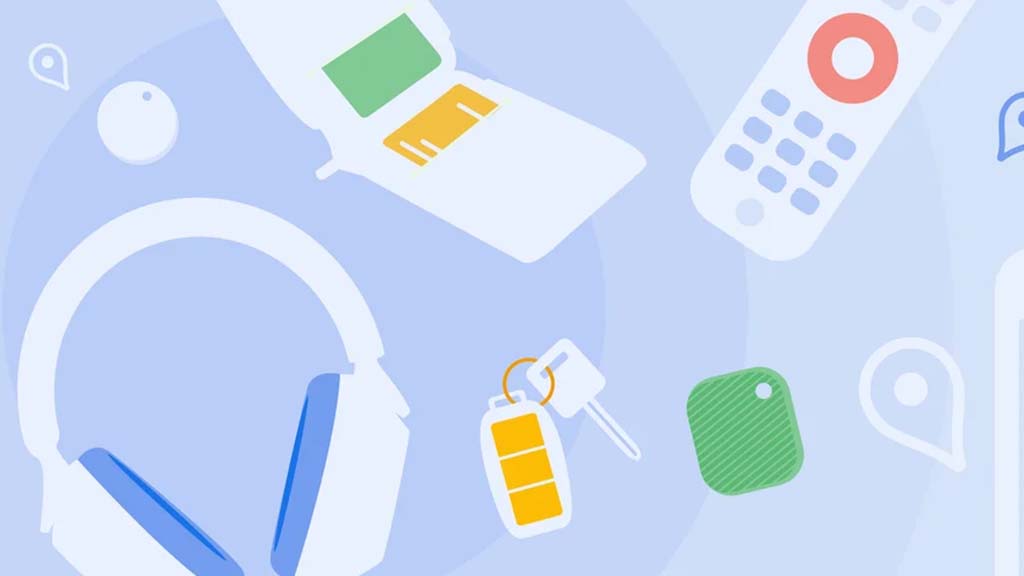
Google’s Find My Device network for Android has gotten a big boost, making it much quicker to locate misplaced items. Recent checks show it’s now four times faster than it used to be, keeping up with Apple’s AirTags in crowded spots like malls or events. For instance, at CES 2025, a tracker tucked in a bag updated its location just as fast as an AirTag nearby. This speed-up is thanks to more Android users turning on tracking for all locations, not only busy areas, which helps the system spot items more reliably.
In less crowded places, the network can still have trouble since fewer Android phones are nearby to share location signals. But Google’s working on this by nudging users through app alerts to enable tracking in quieter spots. Plus, recent updates to tracker software and apps have made connections more stable and accurate.
Looking ahead, Google’s gearing up to roll out ultra-wideband (UWB) technology. This will let you find items with pinpoint accuracy, even within a room, using cool augmented reality (AR) visuals, much like Apple’s setup. The Moto Tag, a tracker ready for UWB, is already available, just waiting for Google to activate this feature. Not all Android phones support UWB yet, but future models like the Pixel 10 might include it. These changes prove Google’s determined to make its Find My Device network a top choice for tracking lost stuff.
Gmail and Google Photos get new design and useful updates
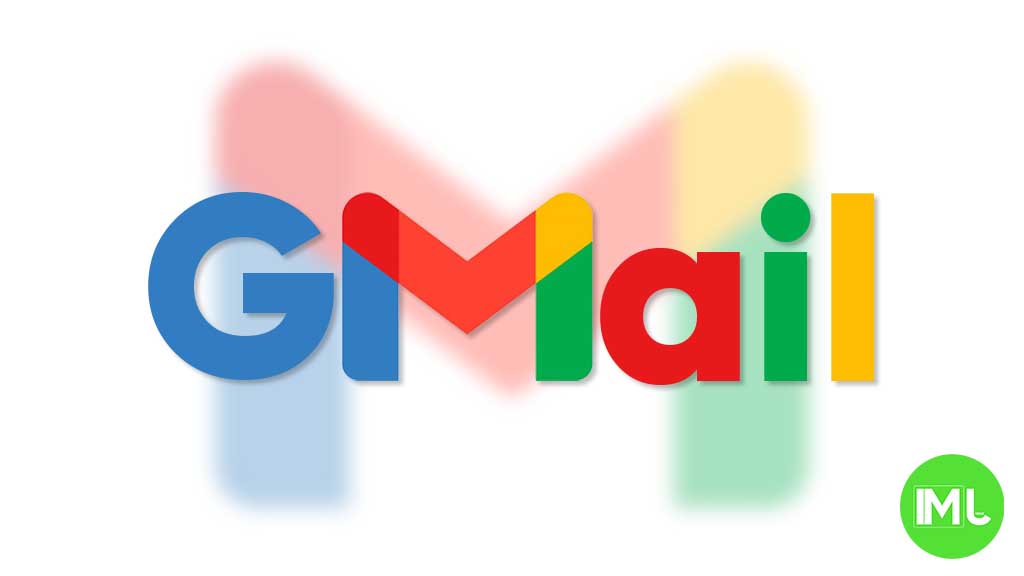
Google is giving Gmail and Google Photos some fresh updates to make things easier and more user-friendly.
First, Gmail on the web is now getting a new layout option. You can choose between “Cozy,” “Comfortable,” or “Compact” views based on how much space you want between your emails. Google is also adding a setting to control whether your inbox and labels stay on screen or only show up when needed. These changes make it easier to personalize how Gmail looks and feels.
Meanwhile, Gmail for iPhone is getting a visual upgrade. The app now uses Google’s updated design style called “Material 3.” You’ll notice a cleaner look with a rounded search bar at the top, smoother icons, and better spacing. Although the bottom bar and buttons look mostly the same, the overall design feels more modern and easier on the eyes.
Lastly, Google Photos is bringing back a helpful feature. The classic search shortcut that appears in the bottom bar is returning, making it quicker to find your photos. Before this, the shortcut had been removed when Google added the new “Memories” tab. Now, both features work together, letting you browse memories and search with ease.
These updates aim to make Google’s apps feel more useful, clean, and easier to use on both desktop and mobile.
Android
Android 16 boosts USB data safety and fixes delayed notifications on Pixel phones
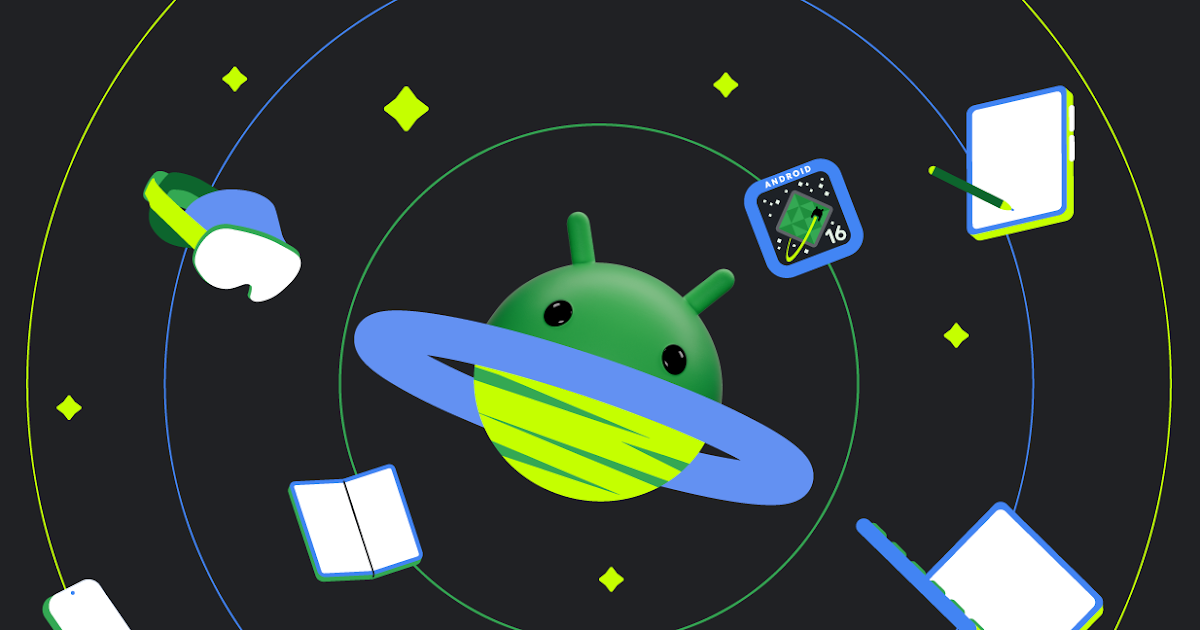
Google’s upcoming Android 16 update is bringing better security and some helpful improvements, especially for Pixel phone users. One of the main features in Android 16 is a new way to protect your phone’s data when it’s connected to a computer through USB. Right now, when you plug your phone into a PC or laptop, it can access all your data as long as you approve it.
With Android 16, Google is adding an extra security layer that only allows limited access unless you enter your PIN, password, or use your fingerprint. This will help protect your files if someone tries to access your phone without permission.
At the same time, Google is also working on a fix for a frustrating issue that some Pixel users have been facing for months — delayed notifications. After the April 2024 update, many users noticed that app alerts were not showing up on time, especially from messaging apps. Google has confirmed the problem and says a fix will be included in a future update, though it’s not in the current April patch yet.
Together, these changes show that Google is focusing on both stronger privacy and a smoother experience for Android and Pixel users. Android 16 is expected to roll out later this year, starting with developer previews.
-

 Apps1 year ago
Apps1 year agoGboard Proofread feature will support selected text
-

 News1 year ago
News1 year agoSamsung USA crafting One UI 6.1.1
-

 News1 year ago
News1 year agoBreaking: Samsung Galaxy S22 may get Galaxy AI features
-

 News1 year ago
News1 year agoSamsung Galaxy S23 Ultra with One UI 6.1 and all S24 AI features revealed
-

 News1 year ago
News1 year agoOne UI 6.1 Auracast (Bluetooth LE Audio) feature coming to many Samsung phones
-

 News1 year ago
News1 year agoSatellite SOS feature coming to Google Pixel phones, evidence leaked
-

 Apps11 months ago
Apps11 months agoGoogle’s fancy new Weather app is finally available for more Android phones
-

 News1 year ago
News1 year agoGoogle Pixel evolves as Europe’s third best selling flagship



